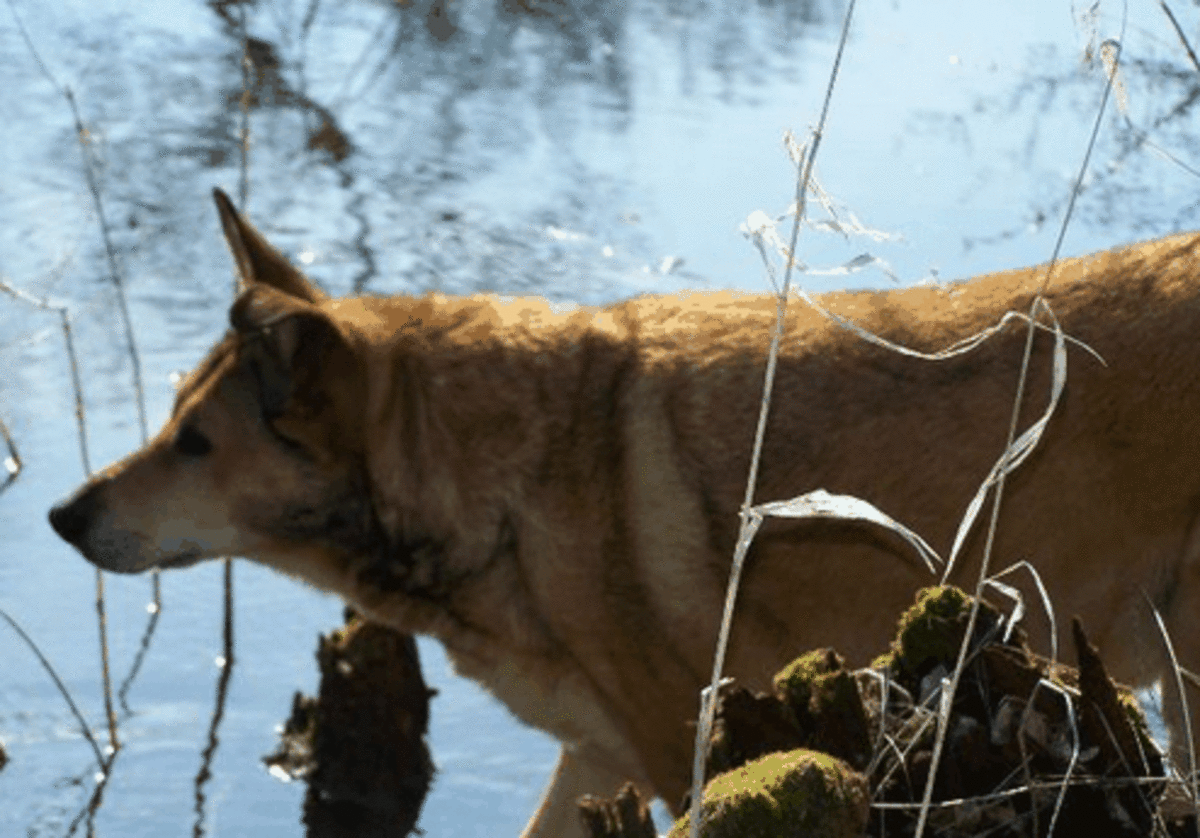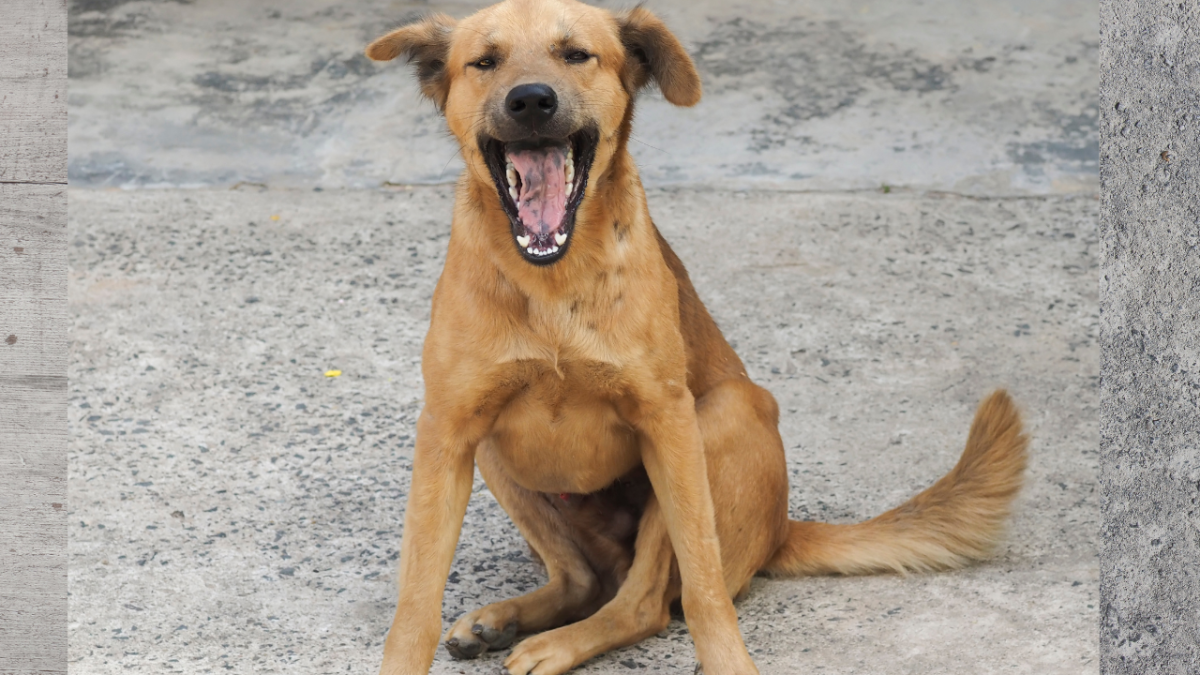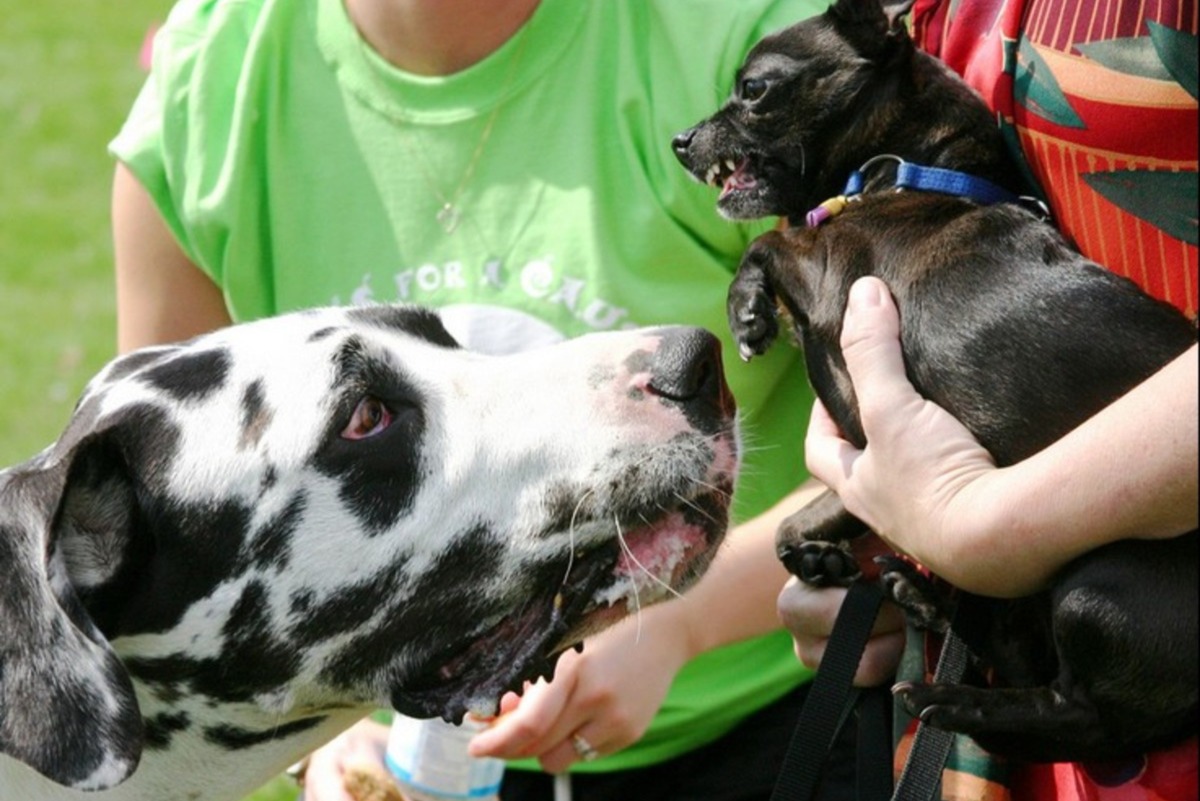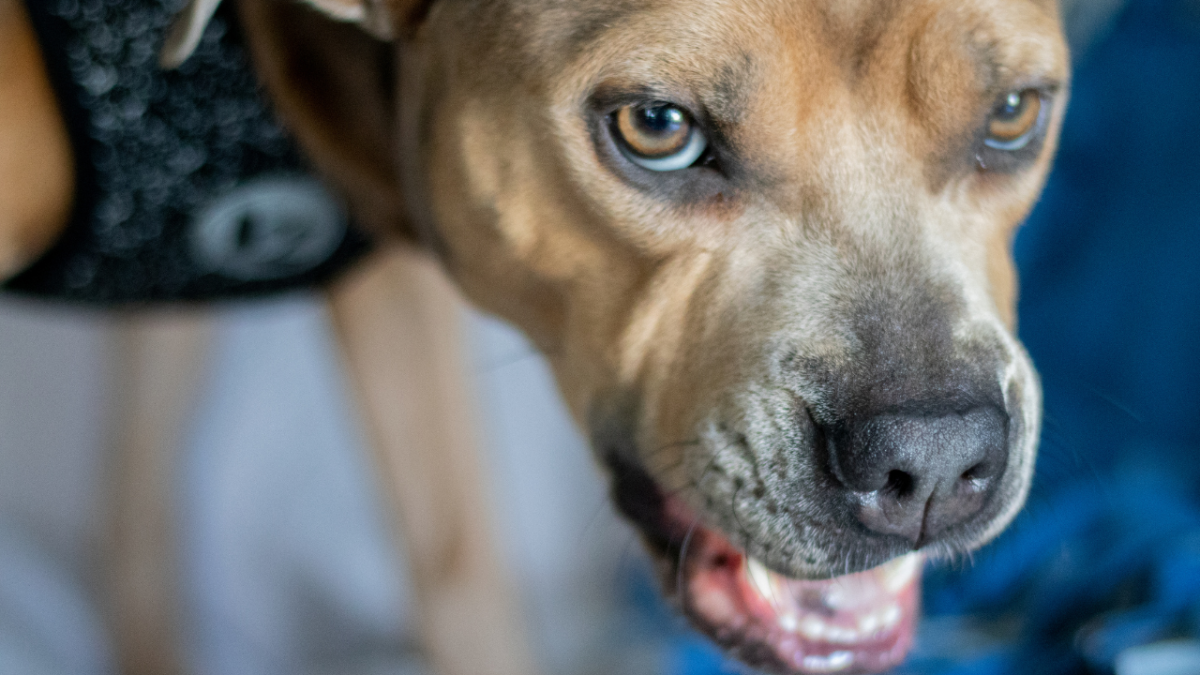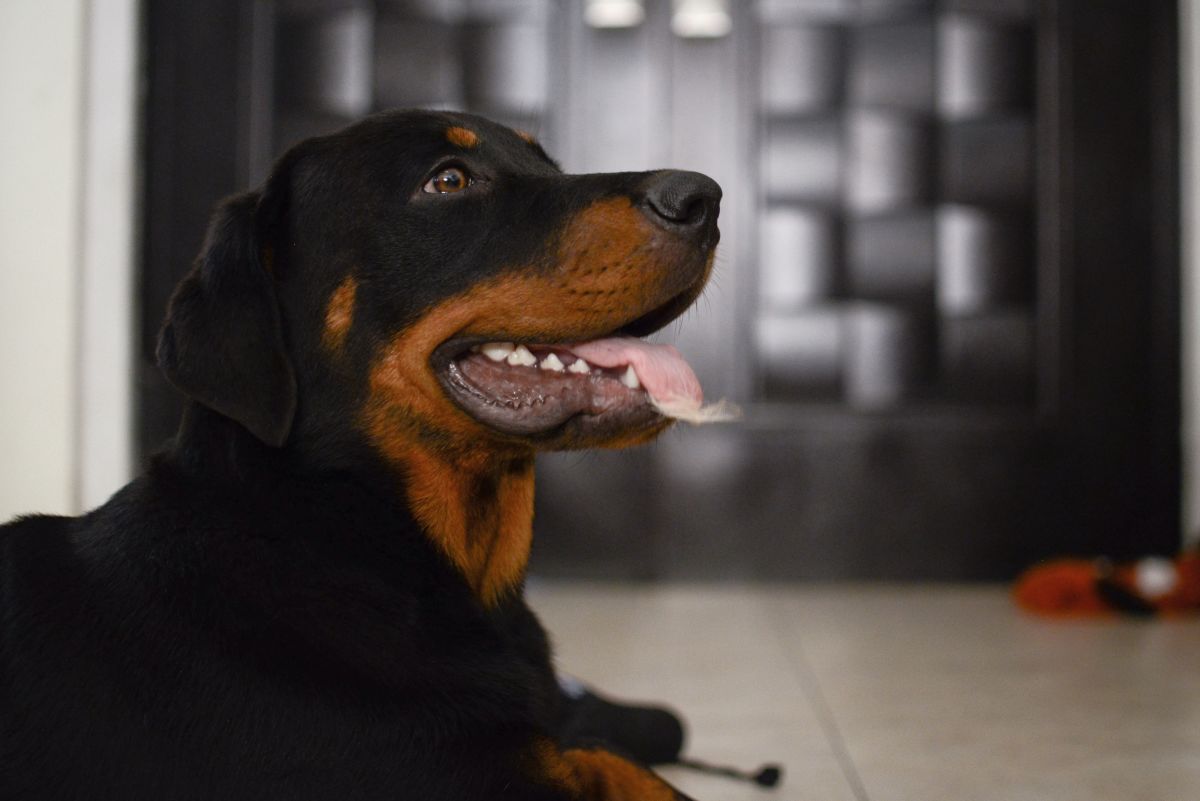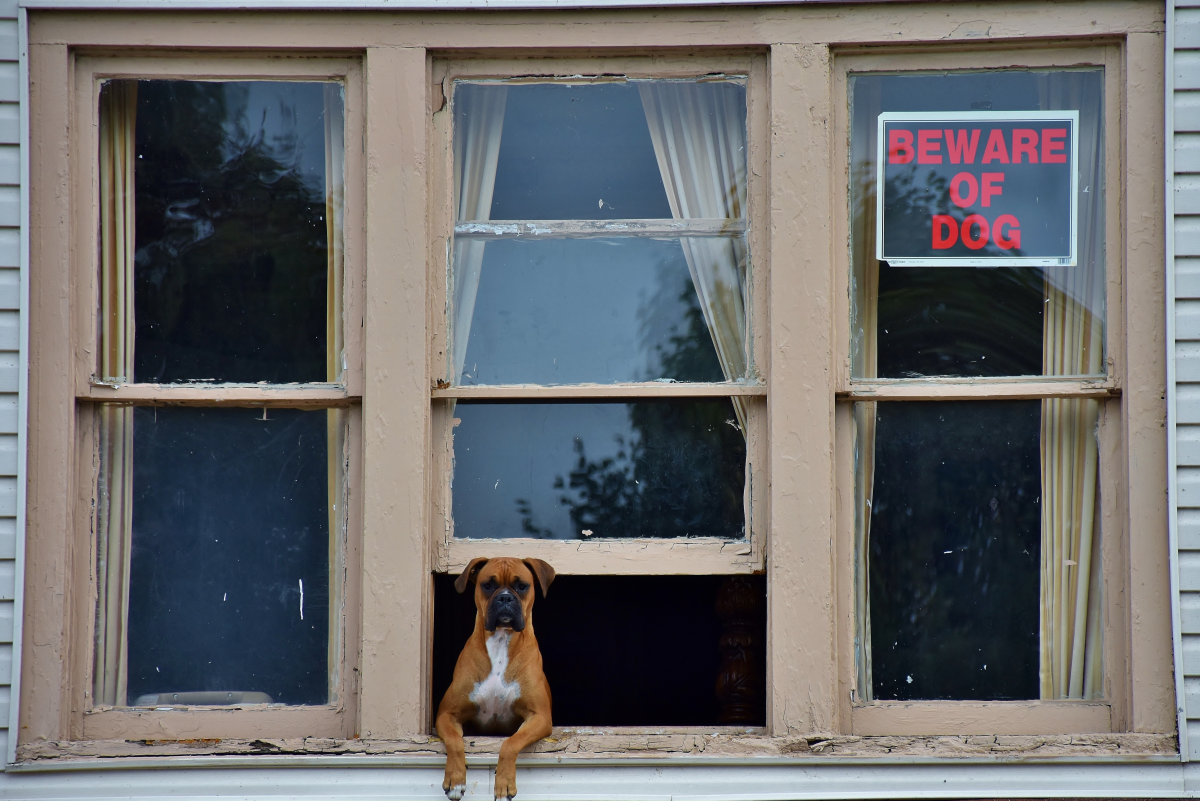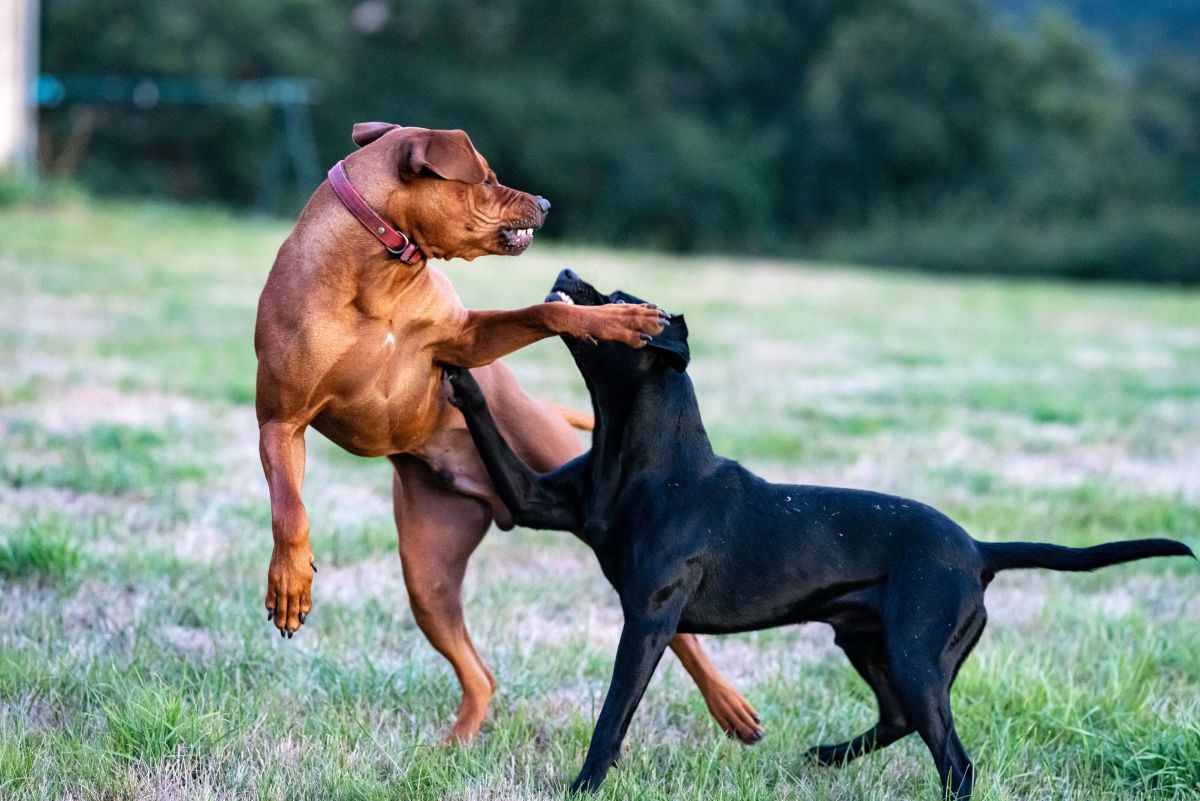- HubPages»
- Pets and Animals»
- Dogs & Dog Breeds»
- Dog Behavior
How to train your dog not to be food aggressive
If you look at my avatar you can see that I am a dog person ;-) I had dogs all my life - and some of them had similar problems. Without knowing the dog and the owner I can give you only some general advice and tips. For more in-depth help I would suggest that you contact your local "dog training club" or similar. Your vet might be also able to put you in contact with the right association or person in your area.
The reasons/ underlying issues
There are two, related, main reasons: The dog doesn't know his place in the pack and/ or think it is the alpha dog in the pack. Other contributing factors can be: the dog is not enough exercised, bored or has never been proper socialized. All this sounds horrible theoretic, so lets look at this from a dog's perspective of the world ;-)
A dog is a pack animal, it doesn't distinguish if this pack consists only of other dogs or is a mixed pack of animals and humans. In a pack of wolves or feral dogs normally only the alpha male and female are allowed to breed. When a puppy is born it "inherits" for a short time this "alpha status" from its parents, no member of the pack will dare to attack it or even to punish it for misbehaviour, it is under a kind of "child protection act". Only the other puppies in the litter will give it a "play fight" and so they establish the first ranking between themselves. As a puppy grows up, becomes a teenager in human speech, the behaviour of the pack changes. The older dogs or wolves now teach it what is considered proper behaviour in the pack. The rank of each animal in a pack is relatively stable and changes only when a higher-ranking animal becomes weak due to age, injury or illness. Then "rank fights" start, ending often with the death or expulsion from the pack of the previous high-ranking animal. That sounds horrible un-human (sic!) but it makes sure that the pack as a whole survives.
What does it now mean in a dog-human mixed pack, a family?
If you get a puppy it is, should be!, around 12weeks old. We used to breed dogs at home and we never gave a puppy away before it reached this age. Why? Because the "play fights" with the other puppies and the interaction with the rest of the pack are an important step in the socialising process of the dog.
Dog Training Helps
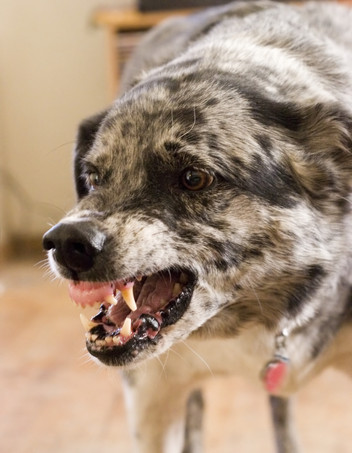
So now the practical tips.
When a dog (either as a puppy or as an older dog) enters a new pack, the new family, you must make sure that the dogs knows its place in the pack. And has to be the last place in your pack's ranking order! The dog must understand that all humans are higher ranking then it! Why? To avoid that the dog starts to behave as the alpha dog and starts to play the boss! And that can include aggressive protection of what the dog considers as "its", may it be "its" food, "its" toys or "its" territory. So how do you achieve this? The following tips are valid either for a new dog or for a dog that needs re-training in this aspect. And as this hub was requested as "How do you deal with a food aggressive dog?" My tips and advice concentrate on this aspect:
1. Determine when the best time is to feed your dog. Dogs normally rest after a meal; larger breeds HAVE to rest after a meal to avoid serious problems like bloat (Gastric Dilatation-Volvulus). You want to feed your dog at a time when there is relative quietness in the house and when the dog can relax afterward for a time, for example when the kids are in school ;-). That brings the stress levels down and allows the dog to relax more and be a bit less protective. Try to feed your dog always at the same time. In the ideal case that should be after the "human pack" has eaten, as the alpha wolves eat first and the lower ranking pack members last.
2. Establish a place and a routine to feed your dog. Always feed your dog at the same place and follow a certain routine. You will imitate the alpha wolf that comes back from hunting and shares the food with the lower ranking members of the pack. You even might to fake that you are eating a bit first and then giving the bowl to the dog to emphasize that. Have one "main" feeder in the family, but make sure that everybody takes his/ her turn to establish the idea in the dog that all humans are higher ranking pack members that share food with the lowest ranking pack member - the dog. Soon your dog will know when it is feeding time and follow you around as you prepare its bowl. Before giving it to the dog, fake that you eat a bit of it, then let the dog do something simple like "sit" or whatever command the dog knows to "earn" their food. Don't allow that the dog jumps around, and up and down at you, wait until it has calmed down and then set the bowl to the ground. Remember you are the alpha that decides when and what to give, not the dog that demands that you do it "now". When you have set the bowl to the ground go quietly away and let the dog eat. When the dog has learned to make "sit" for the food you can expand this to train him to "sit and wait" or "down and wait" making, until YOU allow it to go up and eat the food.
3. After the dog has eaten. When the dog has finished eating and wanders off to have a rest, remove the bowl. Don't let any food standing around until next feeding time. Where no food there no food aggressiveness ;-)
4. If you have several dogs/ pets and they are "food aggressive" amongst themselves, you must know who is the higher ranking member in the "dog only" part of the pack and feed them in this order, higher ranking members first. If you don't know that, are unsure or your dogs go through a phase of re-establishing their ranks feed them apart and out of sight of each other.
5. Feeding at the table Don't feed the dog at the table whilst you eat, remember the alpha wolves/ dogs share the leftovers after they had their fill, not before. Remember that a lot of human food is not suitable for dogs, salt can damage its kidneys and chocolate can even kills smaller dogs. So the best is not to feed the dog at all at the table! If they are dog-suitable leftovers keep them until the usual feeding time.
6.Things that may help. Make sure that your dog gets enough exercise, a tired dog is less likely to get aggressive then one that has to much energy left over. Make a distingtion between food time/ place and other things like playing with your dog. Give the dog the possibility to "switch the chip" between playing and being fed.
Summary: Food aggresivity is a symptom of a dominance problem. The dog doesn't know its place in the family and/ or believes itself higher ranking then one or more human members of the pack. Rfox has written an excellent hub that gives a lot of sound advice how to (re)establish the human leadership in your pack at How To Prevent Dog Bites Involving Children In case you liked my hub feel free to give it a thumb up or leave a comment in the box, I would be especially grateful for comments that help me to improve the lat-out etc of my hub, please BE critical! ;-) SY
More Dog Training Helps
Dog Training Summary
No matter if you are looking to correct your dogs behavior regarding being a food aggressive dog or if you are looking for more general dog training advice, bear in mind the following principles of dog training:
- A well exercised dog is a happy dog.
- A well exercised dog that knows its place in the pack is an even happier dog ;-)
Training your dog becomes easier when you understand the underlying principles of its behavior and the need of each dog to have "a mission in life".



